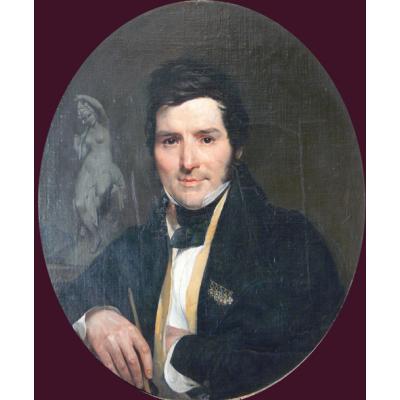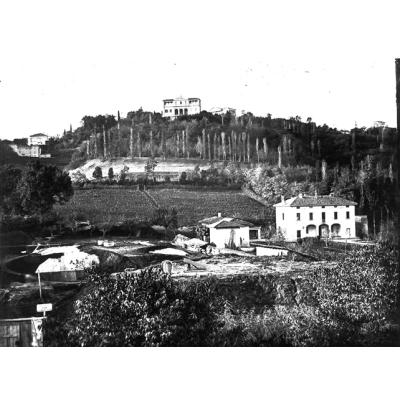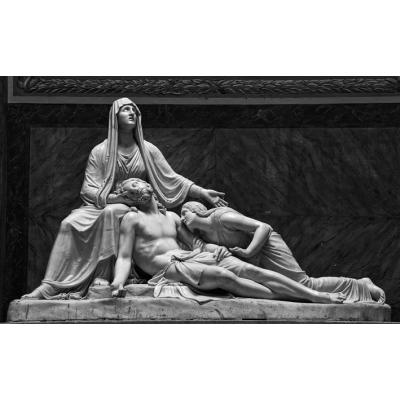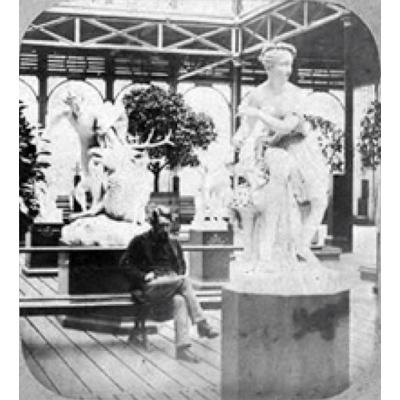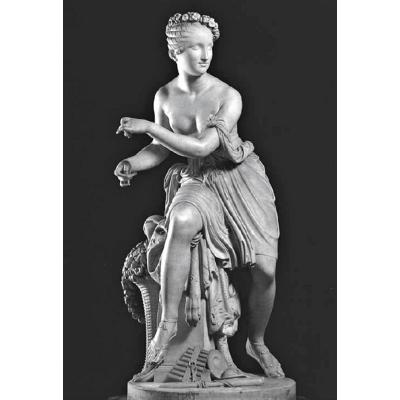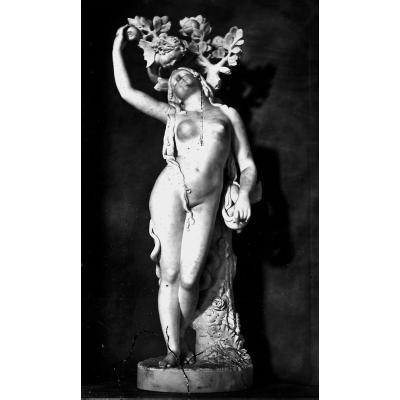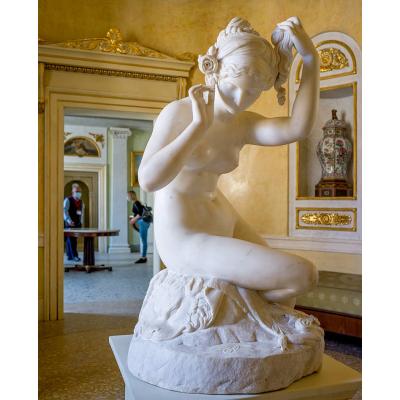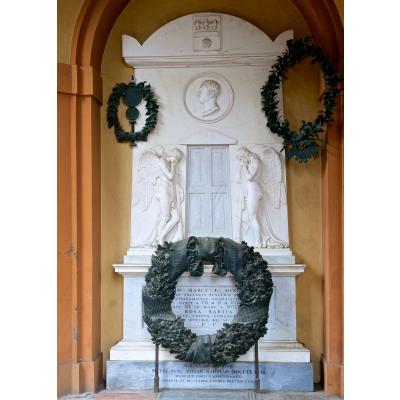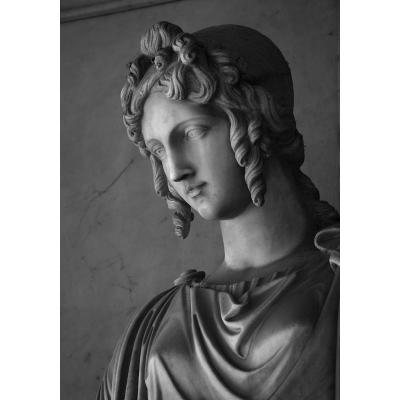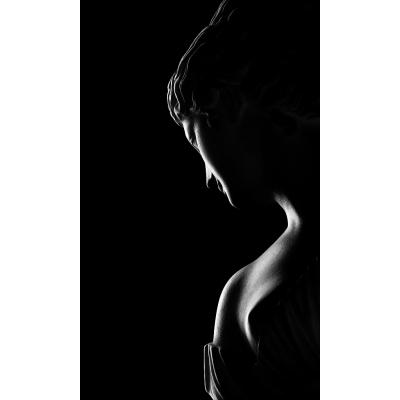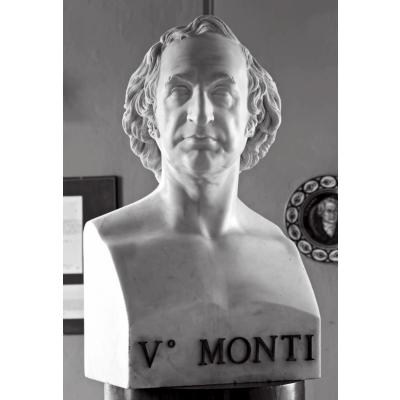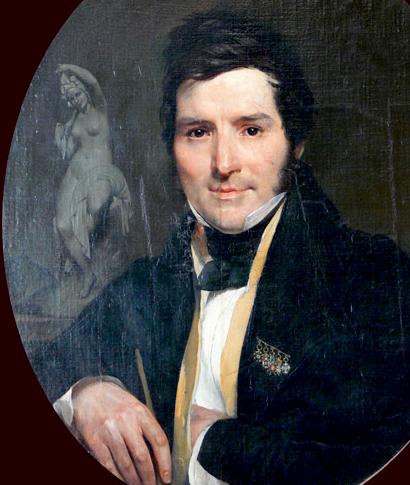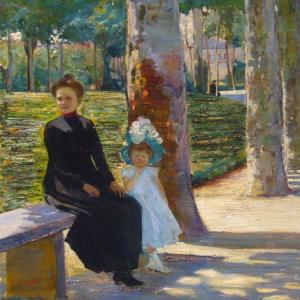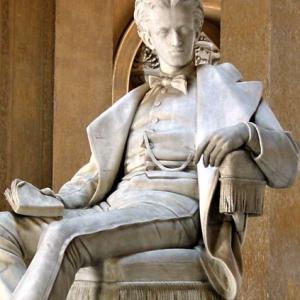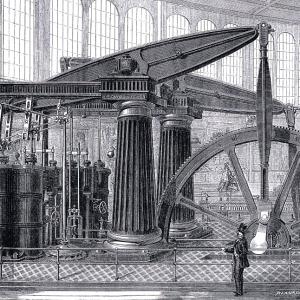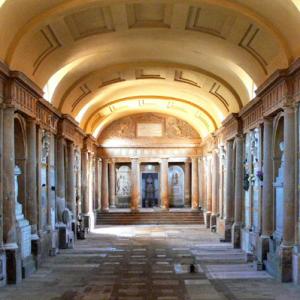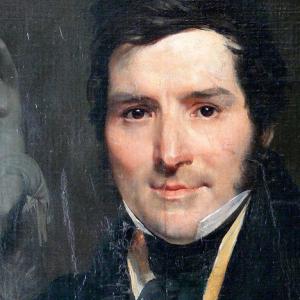Scheda
After attending Giacomo De Maria's school of sculpture at the Accademia di Belle Arti in Bologna, in 1816 he won a pension in Rome, where he went to improve his skills and where he was accepted into Canova's studio. He became Canova's favourite collaborator, so much so that on the master's death he was appointed director of the studio. Peter's, or the Dirce for George IV of England - and translated into marble the Pietà that Canova had intended for his Temple of Possagno: the grandiose group is now in the church of Santissimo Salvatore in Terracina. Baruzzi continued to work ceaselessly, gaining renown, despite being caught up in the envy and controversy that arose around the studio's legacy. In 1832 he returned to Bologna following his appointment as professor of sculpture at the Academy, a post he held until 1860. Baruzzi mainly executed refined works of a mythological and religious nature, which were purchased by collectors and rulers from all over Europe, but he was also a skilful portraitist and gave excellent results especially in funerary monuments, which he erected numerous in the Monumental Cemetery of Ravenna, in the Certosa Cemetery in Bologna and in that of Ferrara.
His works commissioned from abroad include two stelae for the Pac family in the church of Raczki in Poland; the Sleeping Venus and Seated Psyche now in Peterhof Castle in Russia, Venus and Cupid for the Devonshire Collection in Chatsworth, England. He was asked to make several replicas of the Timpanista, exhibited in 1851 in London's Crystal Palace. The sculptor from Imola was the only one called to work with marble in Bologna on a colossal scale in the first half of the 19th century. In 1854, he completed the funeral monument dedicated to Felice Baciocchi and his wife Elisa Bonaparte in S. Petronio. Elisa, Napoleon's sister, was Grand Duchess of Tuscany from 1809 to 1814 and ruled together with her husband until, after the well-known upheavals of 1814-15, she took refuge in Trieste, where she died. Her husband chose their residence in Bologna as his final resting place and took his wife's body with him. The sepulchre was made in an initial version by Lorenzo Bartolini, but this was rejected, so that only two beautiful children holding the family coat of arms can be admired in the chapel. The main group, after various passages, ended up in the Certosa on the Angelelli tomb. Baruzzi was called in to replace the older Tuscan sculptor and depicts the eternal union between the couple, sealed by a funeral genius in flight, a strictly classical work, entirely in keeping with our sculptor and the rank of the deceased. Baruzzi's life was not always easy, and one of the most bitter disappointments was the abandonment of the colossal composition that was to depict The Triumph of Mary. The work, requested in Turin by Carlo Alberto, was never completed because of historical vicissitudes, which prevented him from investing the sum of 100,000 lire in this great marble.
In 1833, he had a villa built in Bologna, now called the "Baruzziana", where he collected paintings and sculptures. Having been forgotten by official culture, he died in his villa in 1878; the latter became the property of the Municipality of Bologna and part of his rich artistic heritage was unfortunately lost. When he died, the sculptor wanted an art prize to be created in his name at the Accademia di Belle Arti in Bologna: for decades it became a competition coveted by the most important emerging Italian artists, with juries composed of the country's most significant cultural figures. Expressly dedicated to young Italian artists under the age of thirty, who had studied at an Academy or with a renowned artist, and were in a proven condition of economic hardship that prevented the execution of important works, the "Baruzzi Prize" was free from any imposition regarding the subject matter. Within two years of the proclamation of the results of the competition, the winners had to deliver their completed work, which became the property of the Municipality and entered the Municipal Collections. The sculpture "Prize", held every three years (alternating with those dedicated to music and painting), would have seventeen editions in about half a century.
The original text by Valentina Andreucci of 2008 has been updated on the basis of the book Cincinnato Baruzzi (1796-1878) by Antonella Mampieri, BUP, Bologna, 2014. Traduzione di Irene Guberti, in collaborazione con il Liceo Linguistico Internazionale C. Boldrini di Bologna, marzo 2022.

